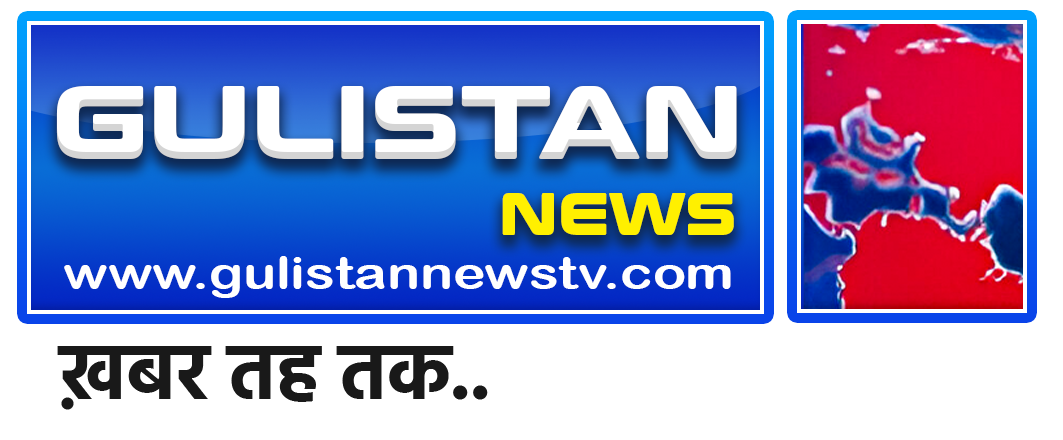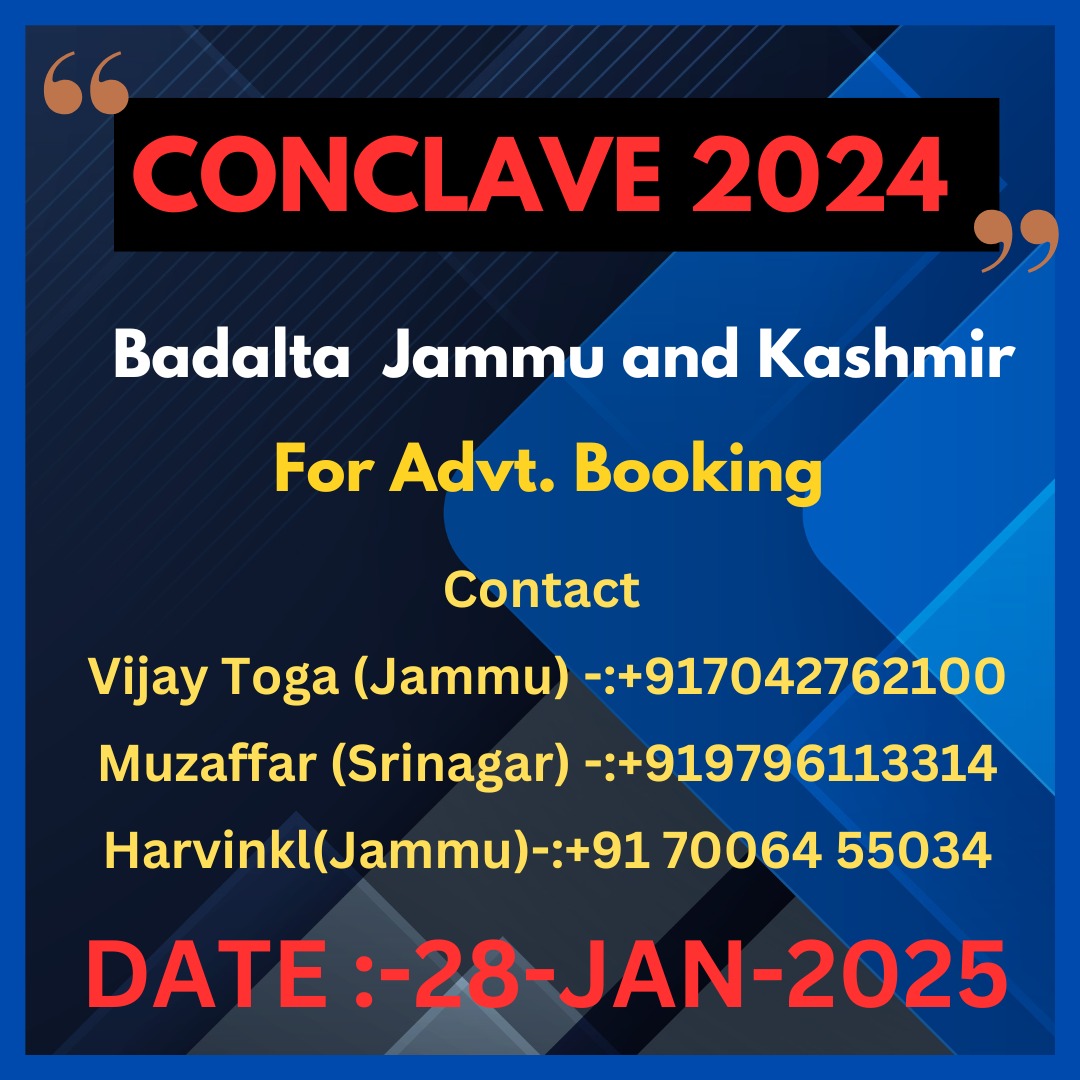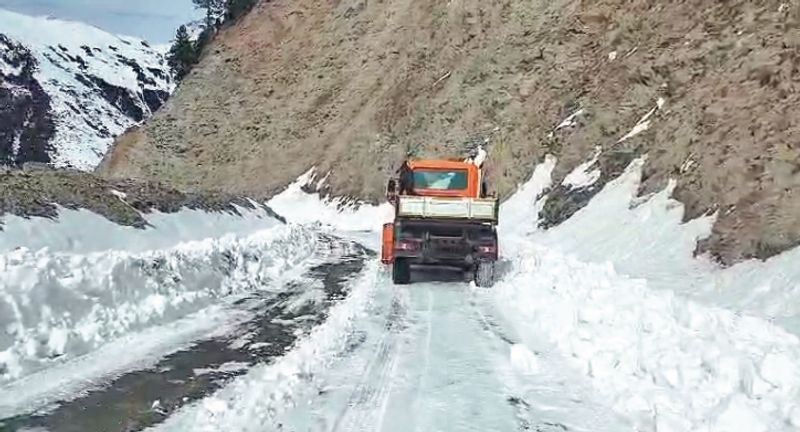In April 2017, according to his book, Lambah was asked to go to Pakistan and meet also Prime Minister Nawaz Sharif but that plan was dropped as businessman Sajjan Jindal made a single trip to Pakistan, without the former envoy’s knowledge.
Former Prime Minister Manmohan Singh’s special envoy Satinder K Lambah, who had briefed Prime Minister Narendra Modi on the reverse- channel addresses with Pakistan, has said in his book, being published posthumously, that there appeared to be an intent to continue the reverse- channel process and a “ distinguished diplomat ” was being considered to be appointed as special envoy by Modi.
Lambah passed away in June 2022.
In April 2017, according to his book, Lambah was asked to go to Pakistan and meet also Prime Minister Nawaz Sharif but that plan was dropped as businessman Sajjan Jindal made a single trip to Pakistan, without the former envoy’s knowledge. Lambah said that along with a PMO functionary, he’d indeed met magistrate Fali S Nariman to vet some of the legal points in the draft back- channel agreement.
The timing is significant since this took place after India- Pakistan ties had nosedived following the Pathankot and Uri terror attacks in 2016, and in April 2017, the Pak military court had doomed former Navy officer Kulbhushan Jadhav to death for spying.
These fresh exposures are part of Lambah’s book, “ In Pursuit of Peace India- Pakistan relations under six Prime Ministers ” being published by Penguin Random House India.
Manmohan Singh, who authorised Lambah to conduct the reverse- channel addresses with Pakistan, has written the prolusion and NSA Ajit Doval has said, in a blurb, that the book provides a “new perspective to numerous known and some not so well given events and circumstances that structured vexed Indo- Pak relations”.
Born in Peshawar, he began dealing with Pakistan under PM Indira Gandhi.
Lambah, who served as India’s envoy to Pakistan, Russia and Germany, was also PM Atal Bihari Vajpayee’s special envoy on Afghanistan; Chairman of NSAB (National Security Advisory Board) and latterly PM Singh’s special envoy for back- channel addresses.
“This book doesn’t cover the period of Prime Minister Modi,” he wrote. “still, before he assumed office, he asked me to meet him at Gujarat Bhawan. I met him on 25 May 2016 (the published interpretation inaptly mentions 2016, and not 2014).
He was veritably gracious and keen to speak to me His main query was regarding the visit of Nawaz Sharif for the swearing- in form. I told him it was a good and positive action taken. I added that as far as I could recall Nawaz Sharif had last visited to attend the burial of Rajiv Gandhi, and, as a result, he was coming to India after nearly two decades.”
“Eventually latterly, Prime Minister Modi again asked to see me in his office. This time he asked for my assessment on India- Pakistan relations and I briefed him on the reverse channel. There appeared to be an intent to continue the reverse- channel process. The train on the subject had been reviewed. I was indeed once told that no major change was needed. A distinguished diplomat was being considered to be appointed as special envoy by Prime Minister Modi. I was asked to meet him. still, when I checked with the PMO, I was told there had been a change in study and I would be informed,” he wrote.
PMO Officials met Lambah
“On 20 April 2017, an elderly functionary of the PMO came to see me at my house. He said the Prime minister wanted me to go to Pakistan to meet Prime Minister Nawaz Sharif.
I reiterated that similar meetings are more precious if the envoy has the public confidence of the high minister. Still, on the 22nd I was told I would be given details of the points to be bandied and was asked to give my trip documents to enable me to travel to Pakistan. The same day, the elderly functionary and I met Fali Nariman to refresh some points.
The following day, I saw a news item that a leading Indian businessman, who was an emissary, had gone to meet PM Nawaz Sharif, in his particular flight.
I chimed the functionary, who appeared surprised at this development. I told him that under the circumstances, it would not be proper for two people to represent the Prime minister for the same purpose. easily, the emissary hadn’t coordinated his visit to Pakistan with the PMO. This was the last discussion I had on this subject,” he wrote.
The book details the backchannel process which he conducted from 2005 to 2014. “During the pivotal period of ferocious accommodations between 2005 and 2007, my journal recalls I had sixty- eight meetings with Prime Minister Dr Manmohan Singh.”
Prime Minister meets Lambah
“During my meetings with the Prime minister, the strategy and details of the draft agreement were bandied. I was fortunate in getting clear- cut instructions, which were helpful in finishing the draft agreement.
A pivotal meeting took place on 9 November 2006, in the PMO where Congress President Sonia Gandhi and External Affairs Minister Pranab Mukherjee were also present. I was asked to give a brief background of the progress in the conversations up to that time.
The Congress chairman asked some questions, including the impact of the agreement on the maturity community in India.
Pranab Mukherjee did utmost of the talking, saying he was induced that if we were suitable to get the agreement inked, it would be greeted by the maturity community and others,” he wrote.









